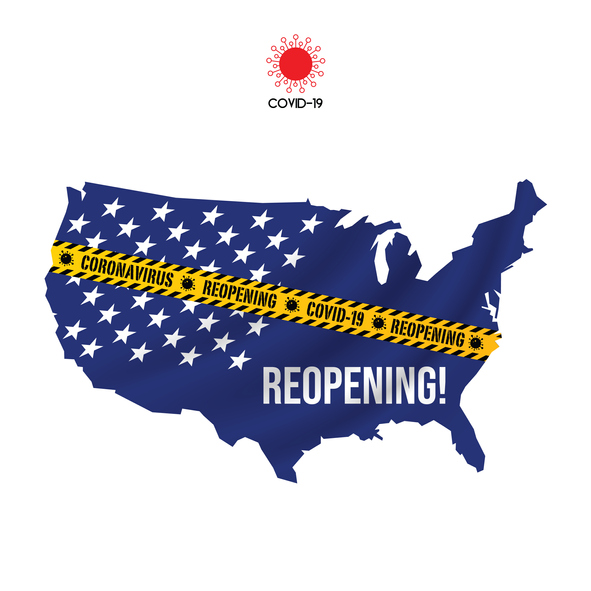
As state and local governments move through phased re-openings amid Covid-19, with resurgences in some states, many organizations are trying to decide how best to responsibly return employees. The reality for all employers is that we cannot return to what was before, and a thoughtful, phased approach will be needed. This is probably the case for at least another year or more until our country achieves the gold standard of herd immunity from widespread access to an effective vaccine or exposure.
As a physician, I’ve been wrestling with how to judiciously return our own CVS Health colleagues and protect our frontline professionals through a clinically-driven approach that aligns and evolves in step with the latest guidance from the Centers for Disease Control and Prevention (CDC). I know firsthand that other business leaders are concerned with the same, and that’s why we recently launched a solution, with Covid-19 testing at its core, to help organizations return to and maintain worksites.

With the Rise of AI, What IP Disputes in Healthcare Are Likely to Emerge?
Munck Wilson Mandala Partner Greg Howison shared his perspective on some of the legal ramifications around AI, IP, connected devices and the data they generate, in response to emailed questions.
Without an effective vaccine or treatment, widespread Covid-19 testing is the next best tool for organizations working to responsibly reopen. This is especially important as the CDC has suggested that up to 40 percent of those with Covid-19 could unknowingly spread the virus before they experience symptoms. Testing helps organizations support effective population health surveillance, facilitate contact tracing and ultimately help reduce the virus’ R0 or reproduction number. But, organizations are asking: Who to test? How? Where? When?
Because every organization has specific population health management needs, flexibility is key. That is why our medical affairs team mapped out clinical protocols, based on the latest science and technology, and aligned with CDC guidance for viral testing, to help guide our own and other organizations. The first crucial step is segmenting an onsite population into clinical cohorts, which become the foundation for guidance and protocols for testing and containing COVID-19. They include:
- The symptomatic, who attest to symptoms of the virus while onsite.
- The asymptomatic, or those not showing symptoms, but who run a higher risk of exposure and need testing at a higher frequency.
- The asymptomatic, but who have suspected or known exposure to Covid-19.
- Those who previously tested positive for the virus and had been quarantined but need validation with testing before returning to a worksite or campus.
Based on these cohorts, we can guide on how and where these populations should be tested, which could include either point-of-care testing with rapid results or third-party lab-processed testing with results in a few days, and in addition, organizations should have the flexibility to determine where testing takes place, either onsite or in the community. That flexibility is critical, as no two organizations are alike and it’s clear that a one-size-fits all solution will not work. Further, testing is just one component. Organizations should also consider implementing symptom checking and temperature screening, among other protocols.
For CVS Health, helping employers and universities is our next big area of focus as we continue to increase access to widespread Covid-19 testing, which started first in the community and for vulnerable populations most impacted by the virus. Now more than ever, it’s incumbent on us to use our vast presence in communities across the country to support organizations and the economy.
Photo: KaanC, Getty Images
Sree Chaguturu, M.D. is Chief Medical Officer for CVS Caremark, where he focuses on enhancing the quality of services provided to millions of its members and patients, while also contributing to the overall mission of CVS Health – to help people on the path to better health.














